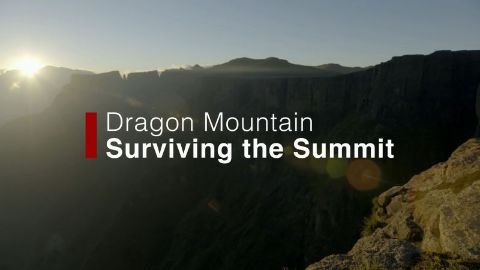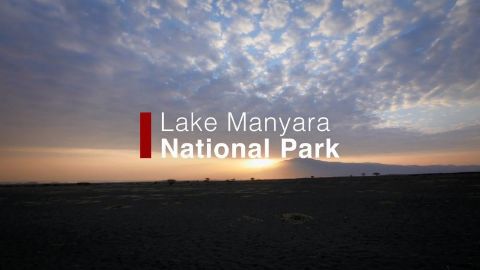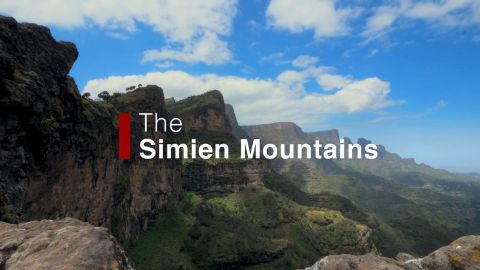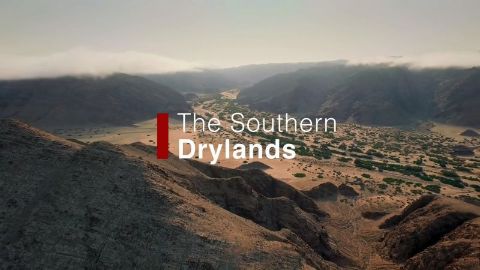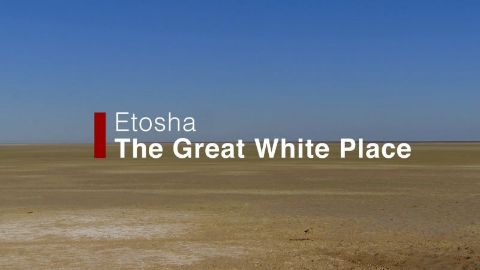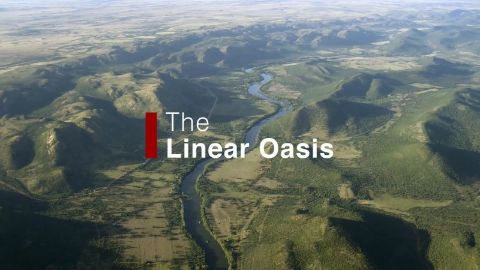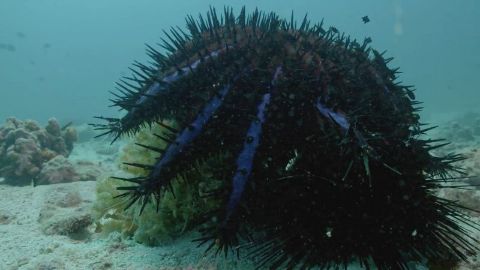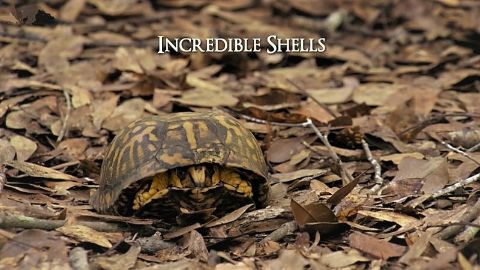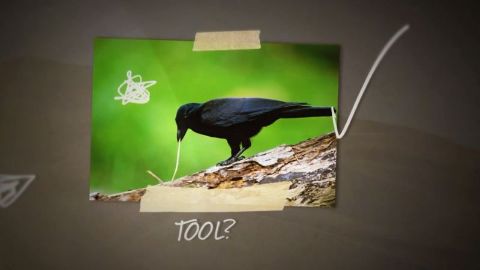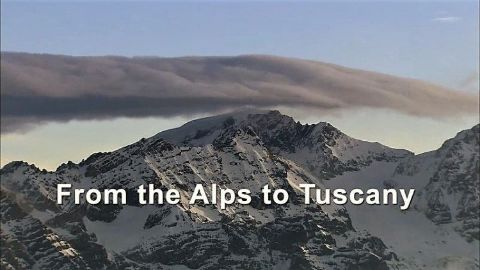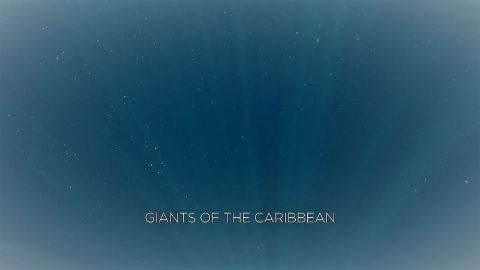The Linear Oasis • 2017 • episode "S1E6" • Extreme Africa
At more than 1,200 miles, the Orange River is the longest in South Africa. Join as we trace its westward journey, bringing to its shores a diverse sample of African wildlife, large and small. From powerful swimming birds like the African darter, to flat lizards who inhabit the granite rocks of the mighty Augrabies Falls, it's the journey of life-bringing water passing through some of the continent's most diverse and dramatic landscapes.
Make a donation
Buy a brother a hot coffee? Or a cold beer?
Hope you're finding these documentaries fascinating and eye-opening. It's just me, working hard behind the scenes to bring you this enriching content.
Running and maintaining a website like this takes time and resources. That's why I'm reaching out to you. If you appreciate what I do and would like to support my efforts, would you consider "buying me a coffee"?
Donation addresses
BTC: bc1q8ldskxh4x9qnddhcrgcun8rtvddeldm2a07r2v
ETH: 0x5CCAAA1afc5c5D814129d99277dDb5A979672116
With your donation through , you can show your appreciation and help me keep this project going. Every contribution, no matter how small, makes a significant impact. It goes directly towards covering server costs.
